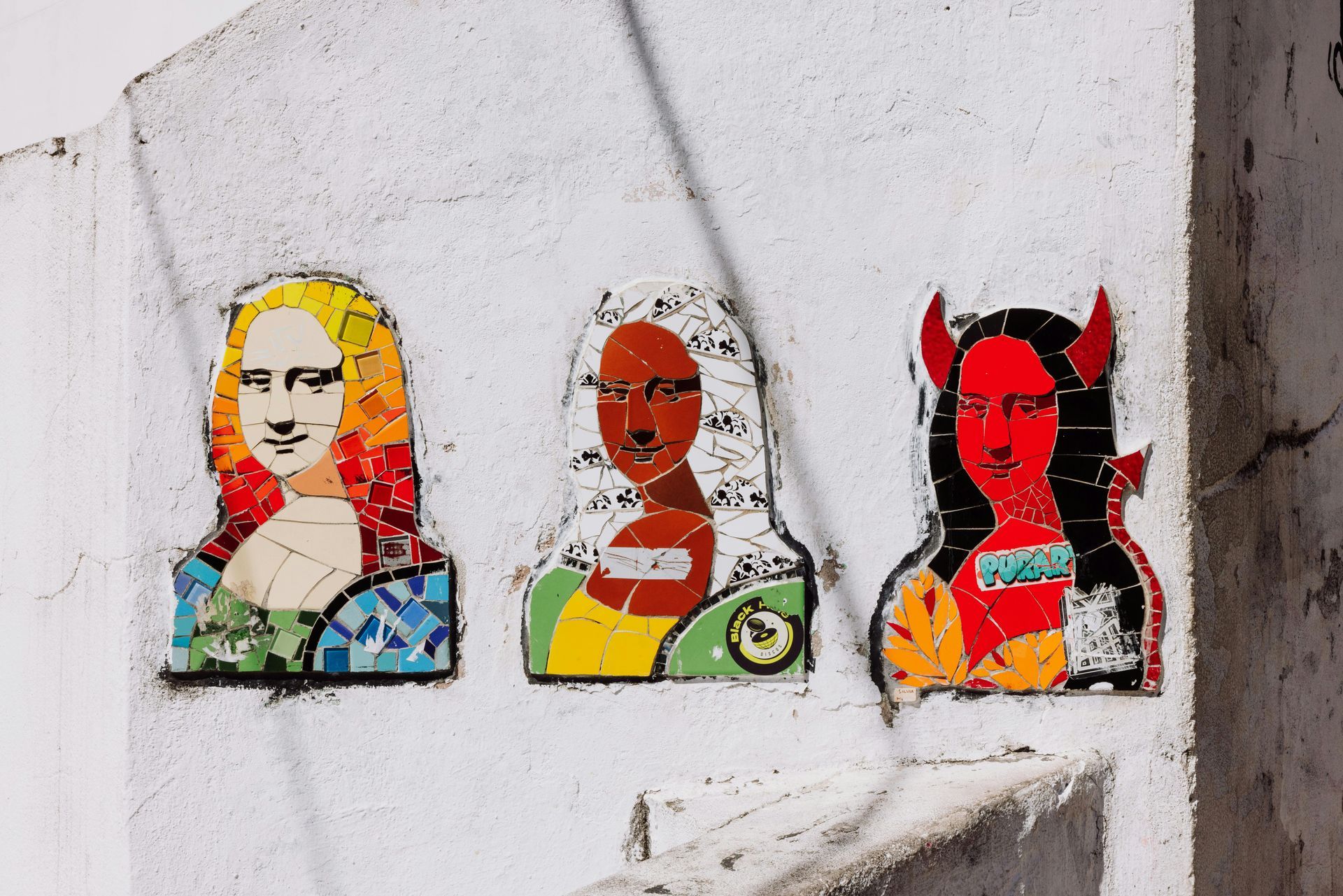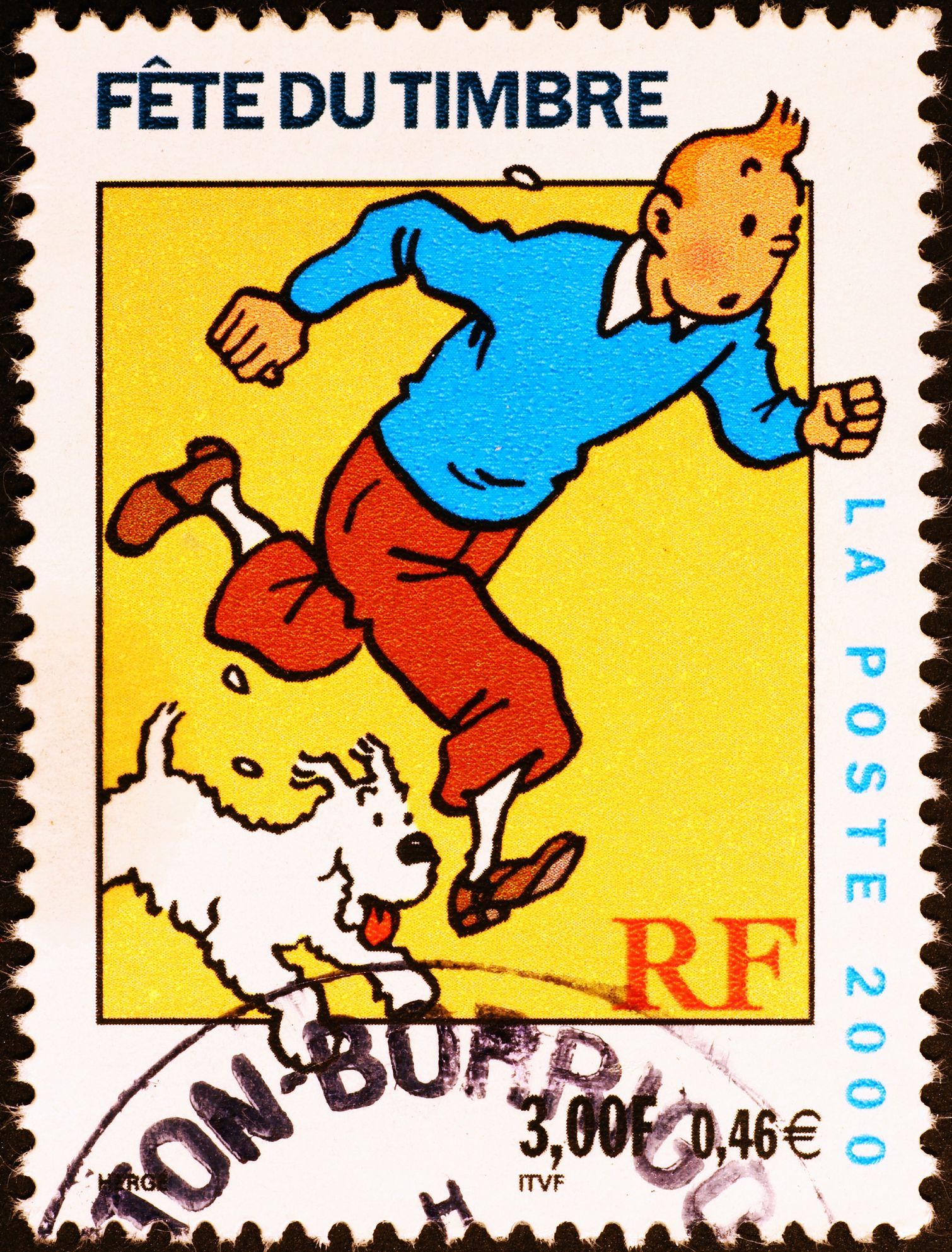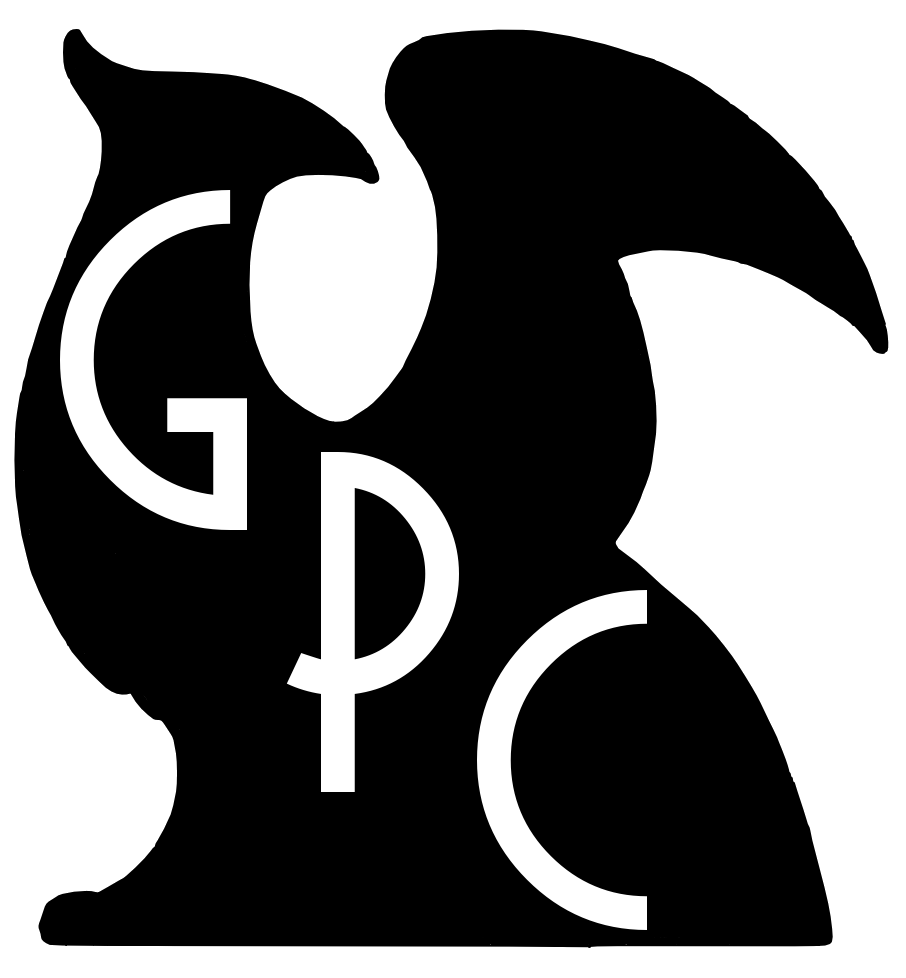New Paragraph
How I Found Fair Use in an Art Gallery
What exactly does it mean to transform a work?
Hear a familiar piece of music in a commercial? It was probably licensed through ASCAP, BMI, or SESAC for use in the ad. That photo on the billboard by the highway? If it wasn’t a photograph specifically staged for the campaign, then the ad agency had to obtain permission to use it in that huge format.
But what about using something without permission? Is there any legal way to do so? As we’ve discussed previously here on the Know Your Rights blog, there exists in US copyright law the doctrine of Fair Use which provides reuse of copyrighted material without permission under certain circumstances. In an infringement case, a judge will consider the four factors of Fair Use together, but the first factor is often weighed a bit more heavily (along with the fourth factor).
The first factor of Fair Use revolves around the “purpose and character” of the use. A judge will consider whether the new work that incorporates the original is meant to be for commercial or non-commercial use, and also whether that new work is sufficiently transformative. If the new use is non-commercial and transformative, then the new work is more likely to be thought of as Fair Use.
Why am I talking about Fair Use again on this blog and so soon after the last post? Let’s take a field trip to find out!
For my birthday last year, I went to a local art gallery with a friend and took some time to NOT think about work for a while. We spent a number of hours wandering through rooms full of art from different eras, in different mediums, and each eliciting different emotional responses. After wandering into a gallery full of digital art (think: a lot of moving visual elements and flashing lights), my friend informed me she was moving on to the next room because the optical assault was proving too much for her. I told her I’d catch up with her soon and continued my wander in the gallery, curious about what other art could be there.
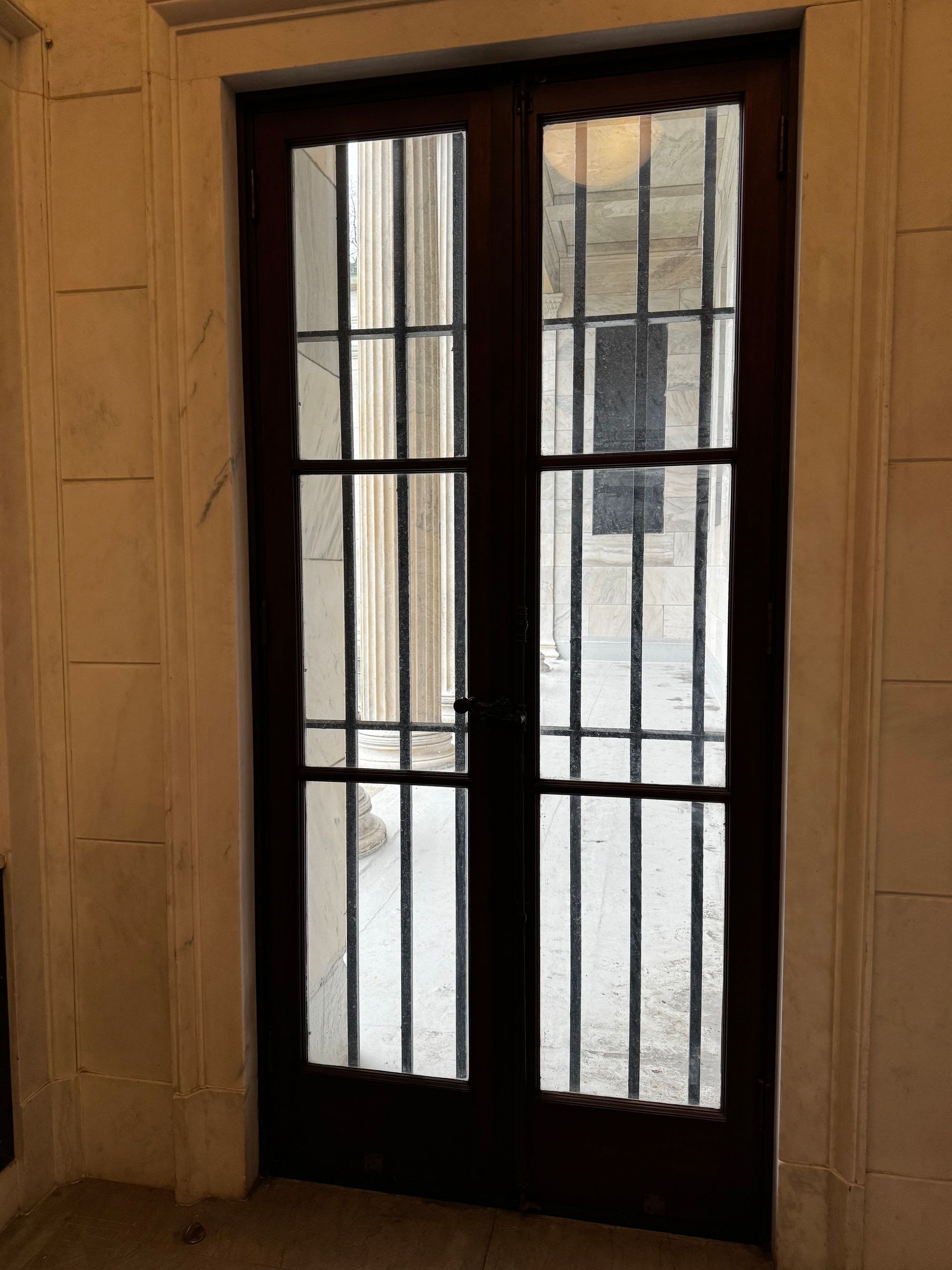
One work that drew me in was an interactive piece that encouraged patrons to type in a website URL, and then the artist’s programmed algorithm would spit out a digital color block version of the website. So I typed in the URL of this website and the artist’s algorithm showed spat out this:
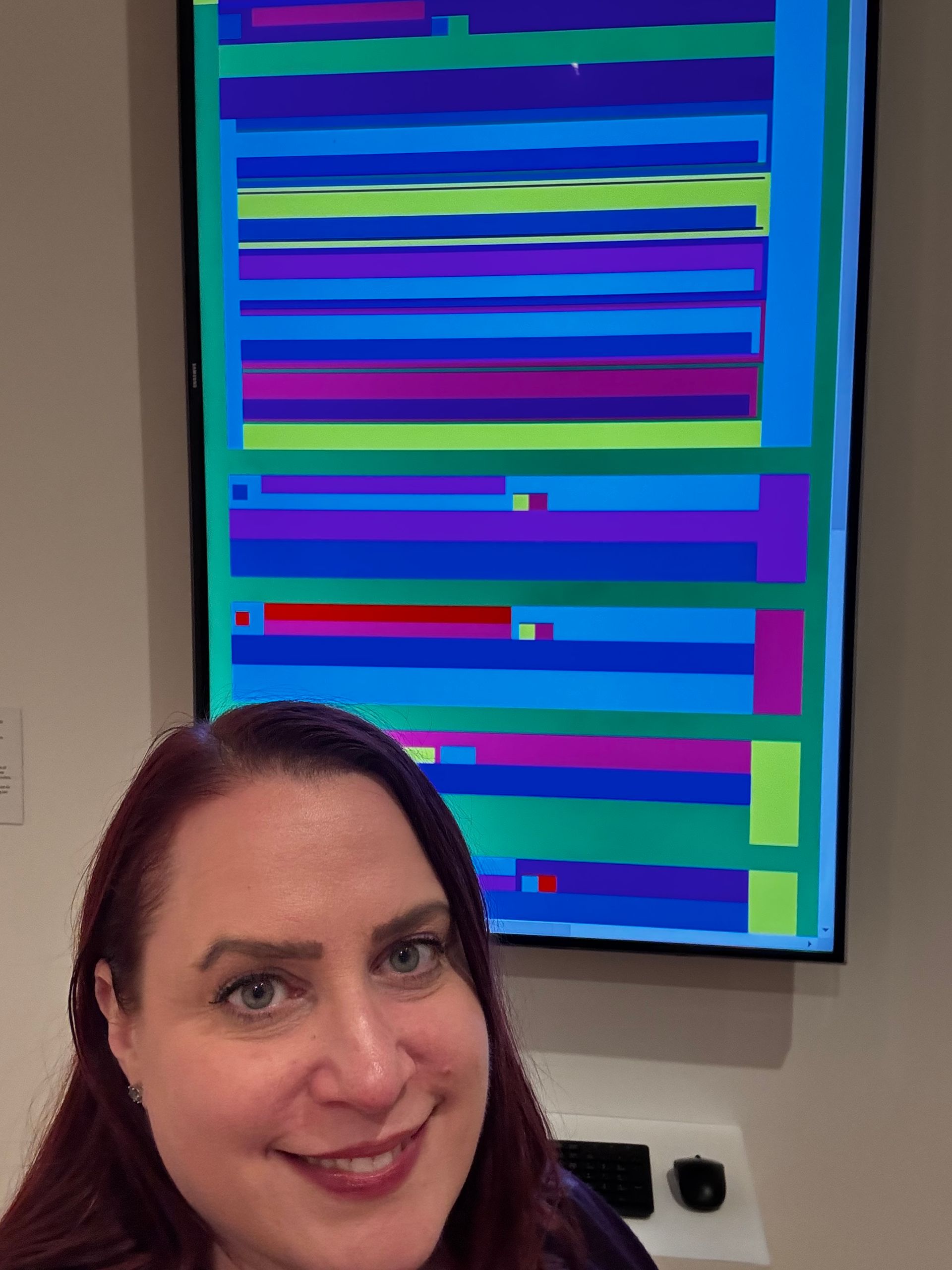
Pretty, huh?
So. I know that this website and blog where you’re reading my words is copyrighted to me, and therefore, is mine to do with as I see fit. Nobody else can use my website’s content without my permission. Although one could argue that I at least passively implied permission for the artist to use my content in creating a new digital work, I’d also argue that the new art based on my website was a Fair Use because it is non-commercial (so the artist wasn’t going to sell copies of it or collect a fee specifically for people to look at the graphic representation of my specific website), and perhaps more importantly, transformative (nobody else would be able to glean the information you are reading here by looking at the image above).
Taking a look at the other factors, one could argue that factor 2 (the nature of the copyrighted work) might weigh against Fair Use as my website is creative as it contains my own writing, and despite the usage of facts and some licensed images, the overall arrangement and presentation are my own, highly copyrightable, things. Factor 3 (the amount of the original work used in relation to the whole) might be harder to determine as we don’t know how much of my website was used in generating the artwork, but for the sake of argument, I’d say that only the homepage as used, so that small portion in relation to the whole is rather small. And factor 4 (the effect on the market for the original work) would weigh in favor of Fair Use as the artwork was temporary, was not monetized, and such a graphic representation certainly would NOT replace all of the information you get by coming to this website and reading my words.
On the other hand, if a large language model AI scrapes my website to train LLMs about Fair Use, we know from the recent ruling in the
Thompson Reuters v. Ross Intelligence case that this use would NOT be considered a Fair Use, but there are a lot of companies that are still going to try (the most recent being
Meta scraping books to feed its LibGen LLM).
Does your company need an expert to come to teach your staff about fair use, permissions, or another copyright concept?
Check out our courses or
talk to us about creating a custom lecture for your staff!
Looking for more information?
© 2014 - 2025 Gryphon Publishing Consulting, LLC All Rights Reserved.
Site Designed & Hosted with SimplicityDMS.com
